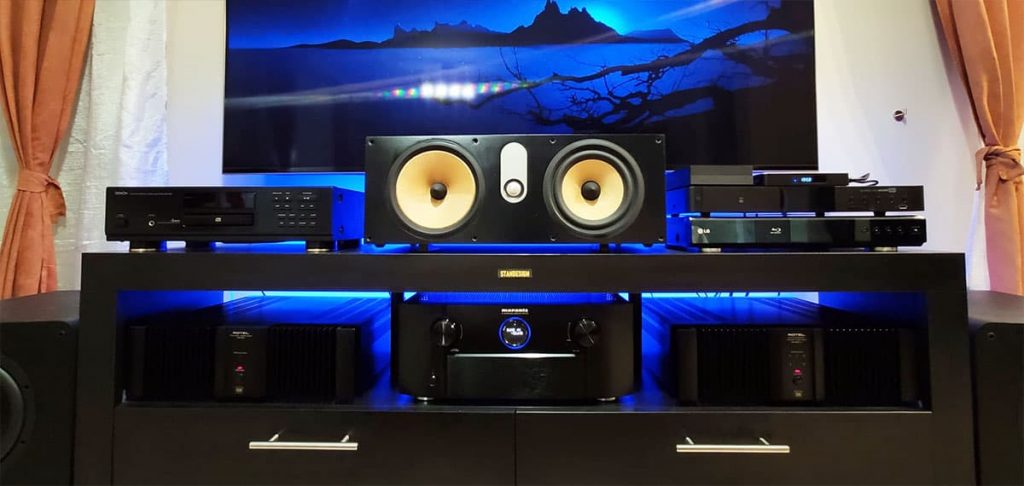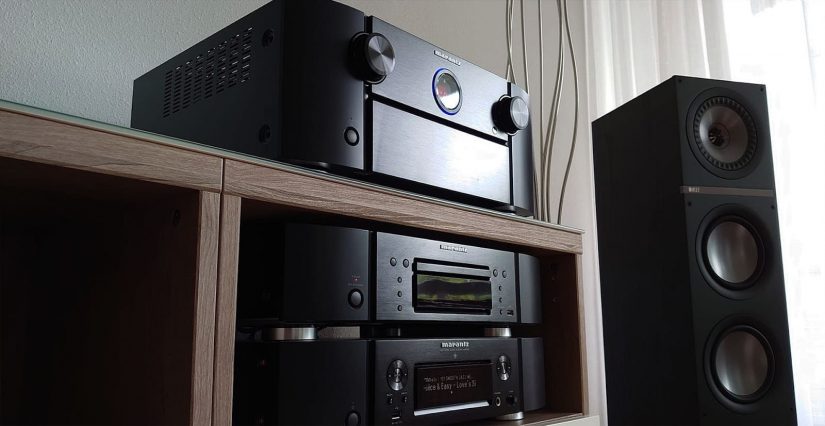The Future of AV Receiver Tech – Streaming, AI, and AR
The development of modern trends and technologies in the AV receiver industry is proceeding at a rapid pace, as evidenced by the new options available to today’s users, who are increasingly moving away from traditional media. High-speed Internet, embedded technologies, and constant software updates mean that the average person today can receive an impressive array of quality media with minimal effort. What the average consumer can expect in the future and what modern home theaters are capable of is what we will try to reveal in this article.
The rise of streaming and wireless integration
Streaming platforms give you access to a huge library of music and movies you can watch at your leisure and on your schedule. Agree that it’s cool when you’re on the go and mobile apps let you enjoy your favorite movie online. The constant updates of the services delight with the relevance of the media library, guaranteeing you access to the latest releases and a variety of features.
Special algorithms allow you to personalize your data and create an interesting and entertaining video selection based on your viewing history, so you don’t have to waste time on additional searches. A subscription (monthly fee) gives you unlimited access to an extensive audio and video catalog, eliminating the need to purchase physical media (DVDs, Blu-ray disks) and requiring no additional downloads.
At the same time, the use of Wi-Fi, Bluetooth, and 5G capabilities is growing. The new generation of high-speed 5G Internet is ideal for uninterrupted, high-quality streaming of 4K or even 8K video content and crisp music with minimal latency. Wireless connectivity over Wi-Fi networks has also become more prevalent and advanced, allowing you to play music or video without interruption or buffering issues. Incredible mobility is achieved through the use of Bluetooth technology, a marvel of modernity that has eliminated the need for a wired connection and allows users to easily switch between all devices in the entire system.
AI and machine learning integration
Artificial intelligence is also working closely with electronic devices, especially modern receivers, to create powerful tools for creating amazing sound effects that give listeners unprecedented convenience and ease of use in home entertainment systems.
Popular music streaming services such as Spotify and Apple Music use Artificial intelligence to analyze your behavior and browsing history, allowing you to choose music that matches your tastes and desires. Similarly, machines can significantly improve the sound of audio files or low-quality recordings and “reanimate” your old recordings.
Today’s automated intelligence can adapt the sound to the environment, such as increasing the volume or applying noise reduction while maintaining maximum sound clarity, and voice recognition methods can identify individual users based on their speech and create personalized profiles for voice control of the speaker system. For example, smart speakers like Amazon Echo or Google Home can recognize specific users and adjust the sound output accordingly.
Energy efficiency and sustainability
The new trends of today dictate the current rules for environmental protection and the transition to more environmentally friendly products. The AVR industry is no exception and also follows these requirements by directing its potential toward energy efficiency. Future AV receivers will have more and more advanced low-power technology, such as standby and sleep modes, efficient power amplifiers, LED displays, and intelligent control systems that allow them to turn off idle components and manage power consumption.
The use of recycled plastic and metal reduces the need for new raw materials. It lowers the carbon footprint of manufacturing as manufacturers continually work to eliminate or reduce toxic materials in their products. By creating reliable and durable receiver designs, they increase longevity and repairability, which also contributes to responsible e-waste recycling.

Seamless smart home integration
Have we ever imagined that with the AVR’s compatibility with voice assistants such as Amazon Alexa, Google Assistant, and Apple Siri, we would be able to simply say, “Alexa, turn on the TV and start my favorite show on Netflix,” and the AV receiver would follow the commands? All of these modern innovations in the form of voice assistants, multi-room connectivity, and interfacing with other smart home systems give the user the ability to remotely control and distribute sound to different rooms, creating a unified smart home system. For example, you can use the receiver to dim the lights or adjust the air conditioner without getting up from your comfortable sofa or interrupting your favorite movie.
Today’s developments and innovations are such that we have a chance to observe and use advanced automation capabilities and amazing efficiency of home devices working together with modern AVRs, making our way of life very easy.

